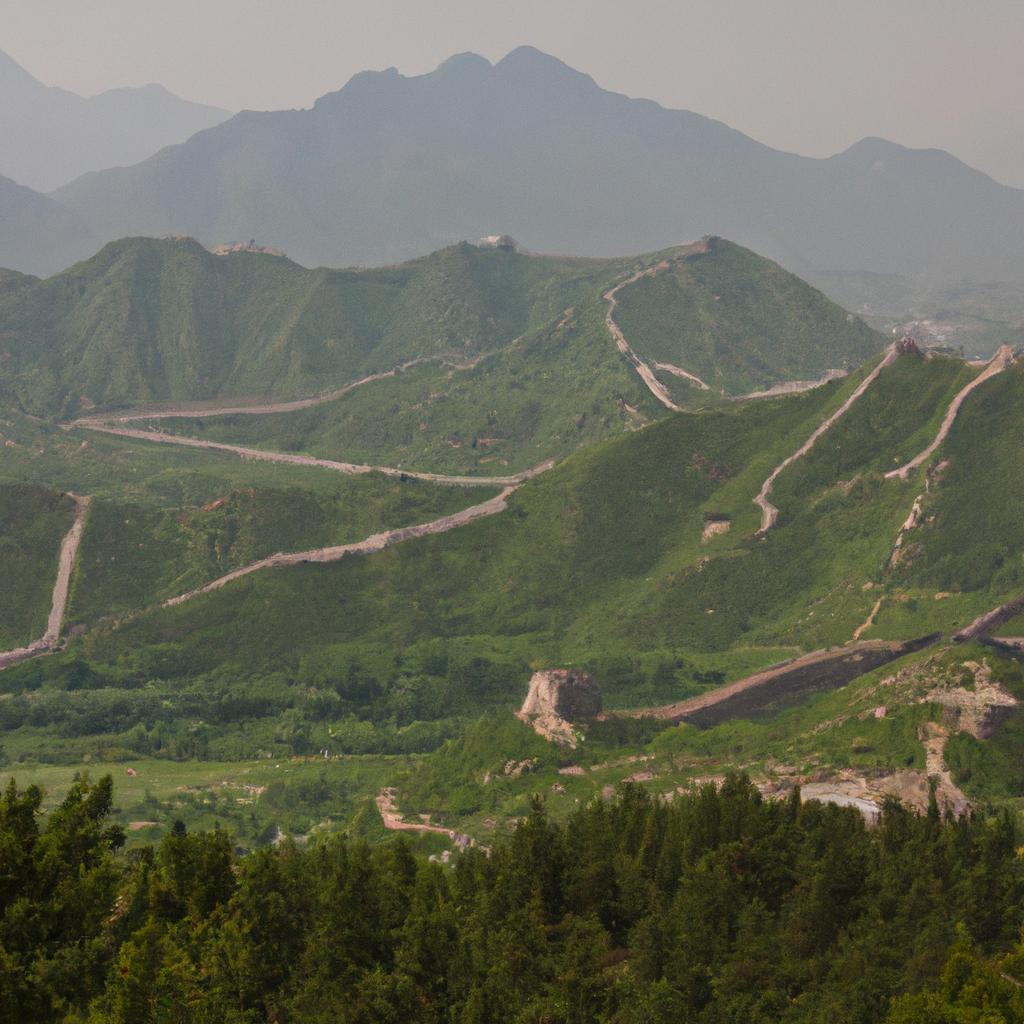The Great Wall of China stands tall and proud, an enduring symbol of China’s rich cultural heritage. This awe-inspiring structure stretches over 13,000 miles across the rugged terrain of China, captivating visitors from around the world. As a UNESCO World Heritage site, it holds great historical significance and offers a glimpse into the country’s ancient past.
The Construction of The Great Wall of China
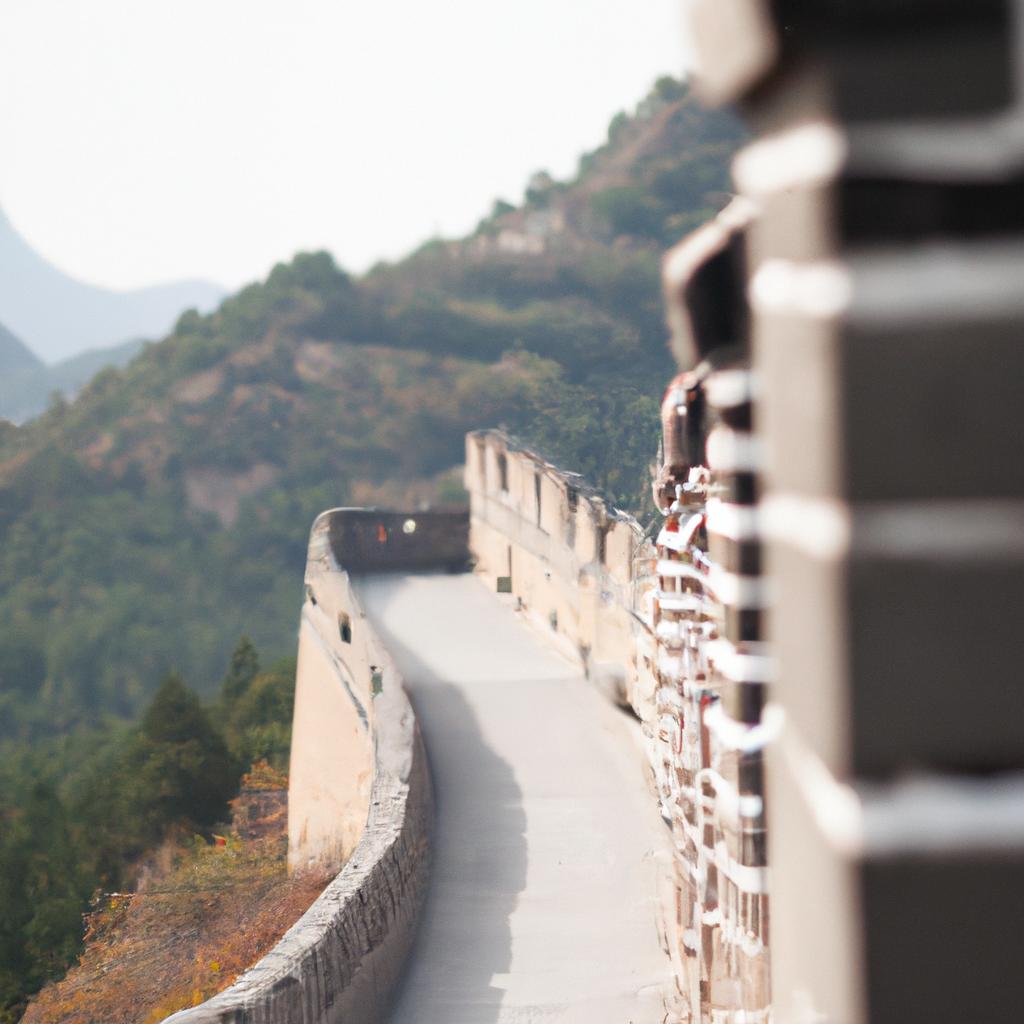
The construction of The Great Wall of China commenced more than 2,000 years ago during the Warring States period. Its purpose was to safeguard China from the constant threat of invasion by nomadic tribes from the north. Initially built using rammed earth and tamped soil, it was later reinforced with bricks and stones during the Ming dynasty.
The wall comprises not just one, but multiple walls, towers, and fortifications, all built over time. Stretching from Shanhai Pass in the east to Jiayuguan Pass in the west, it spans across 15 provinces of China, traversing mountains, deserts, and grasslands. Its engineering marvel is undeniable.
The Great Wall of China is segmented into various sections, each showcasing its unique features. Among them, Badaling, Mutianyu, and Jiankou are particularly popular. Badaling, the most accessible section, attracts millions of visitors annually and boasts modern amenities like cable cars and paved walkways.
Throughout history, The Great Wall of China played a crucial role in safeguarding the country from the northern nomadic tribes. It served as a physical barrier, effectively preventing invaders from crossing into China. Additionally, the wall functioned as a signal tower, enabling long-distance communication for the Chinese army.
The Impact of The Great Wall of China on Chinese Culture and Society
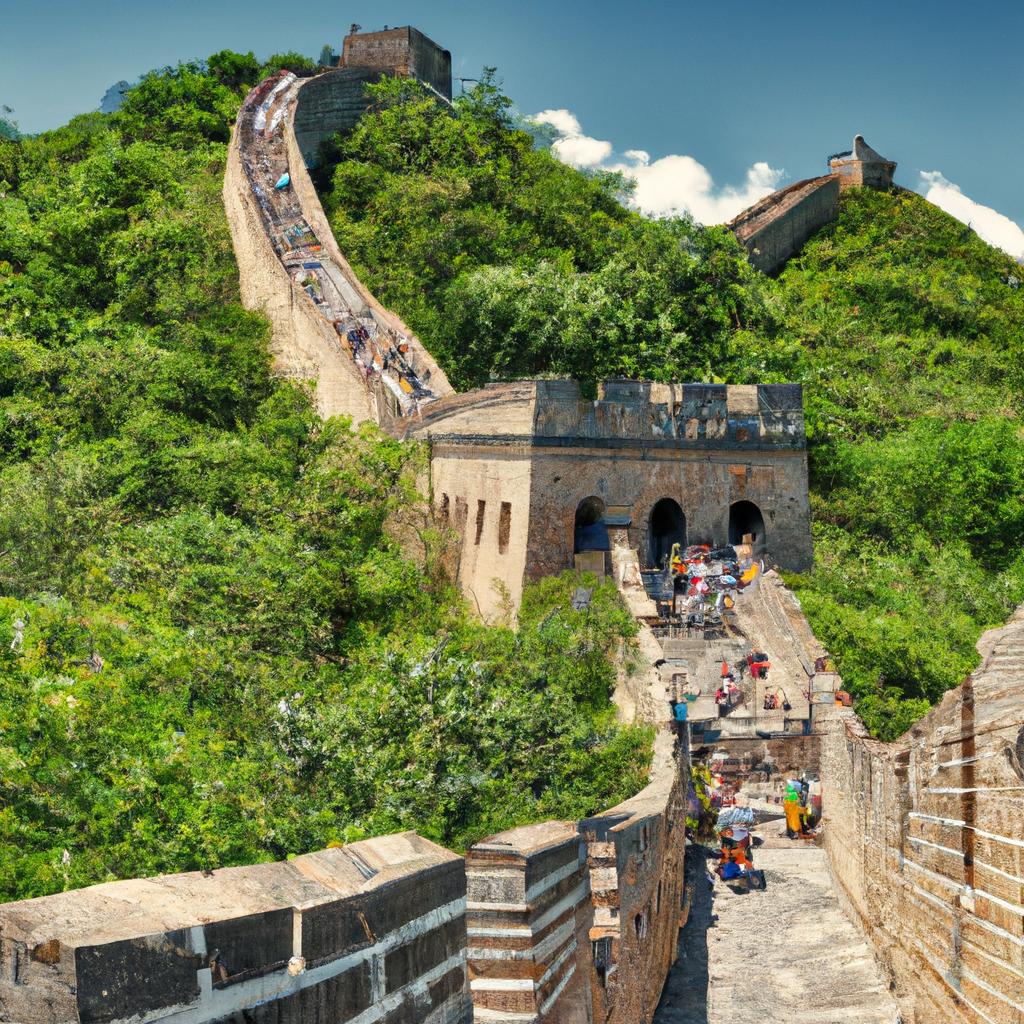
The Great Wall of China’s influence extends far beyond its historical significance. It has become a powerful symbol of Chinese strength and resilience, signifying the nation’s ability to overcome hardships. Moreover, the wall has profoundly impacted Chinese art, literature, and philosophy. Poets and writers often drew inspiration from the wall, using it as a metaphor for life’s obstacles.
Beyond being a historical and cultural landmark, The Great Wall of China instills a sense of national pride in the Chinese people. It stands as a testament to the resourcefulness and ingenuity of the Chinese, who constructed such a monumental structure to protect their homeland.
The Historical Significance of The Great Wall of China
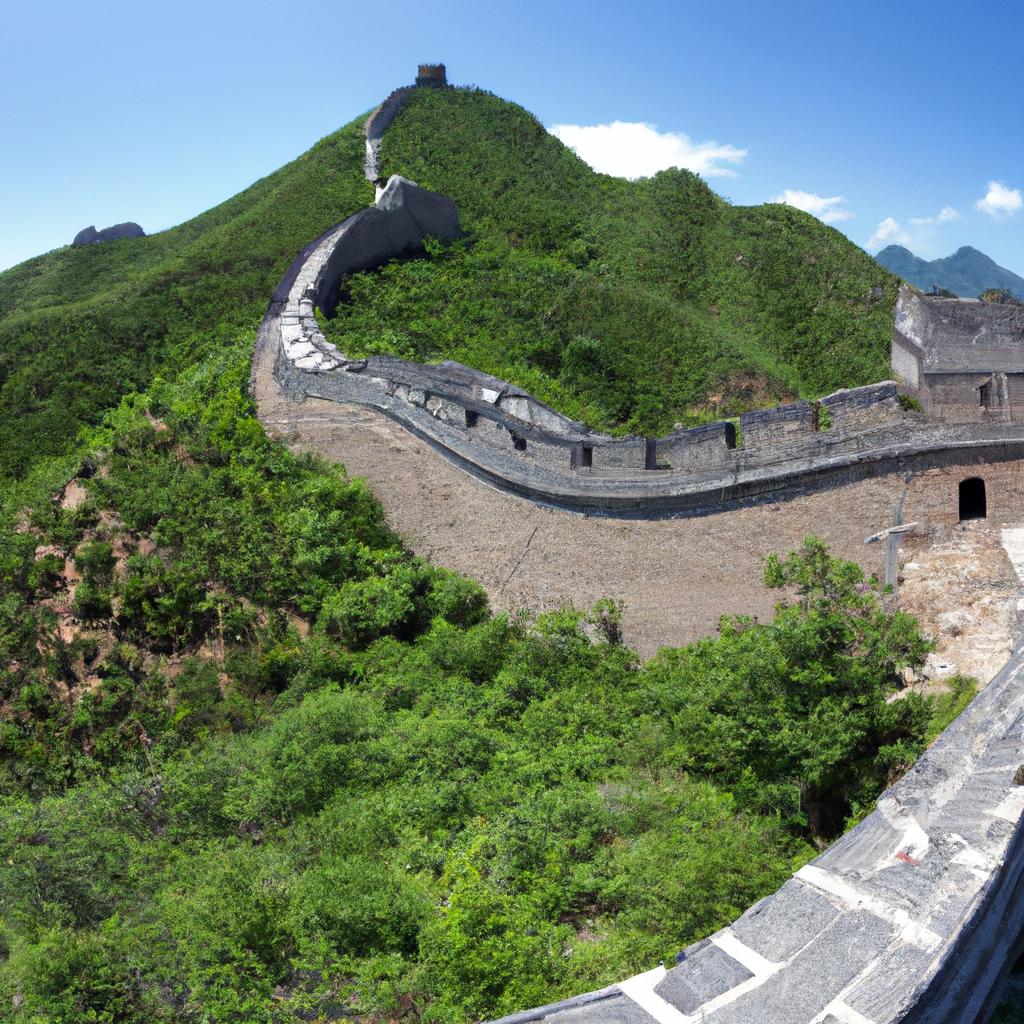
The Role of The Great Wall of China in Protecting China from Invaders
The Great Wall of China served as a formidable defense mechanism against invasions by the Mongols, Turks, and other nomadic tribes from the north. Its primary purpose was to prevent these invaders from breaching China’s borders. Moreover, it facilitated control over the movement of people and goods in and out of the country.
The wall was not merely a physical barrier; it embodied a psychological one as well. Its imposing stature, coupled with the knowledge of its protective role, fostered national pride and unity among the Chinese people. The wall stood as a symbol of China’s strength and resilience.
The Impact of The Great Wall of China on Chinese Culture and Society
The Great Wall of China has left an indelible mark on Chinese culture and society. It has become an integral part of the Chinese identity, reflecting the nation’s rich history and cultural heritage. Artists and writers found inspiration within its walls, channeling its essence into their creative works.
Furthermore, the wall shaped China’s political and social landscape. It regulated the flow of people and goods, contributing to the maintenance of order and stability within the country. The wall’s construction also provided employment opportunities, stimulating economic development.
Tourist Attractions at The Great Wall of China
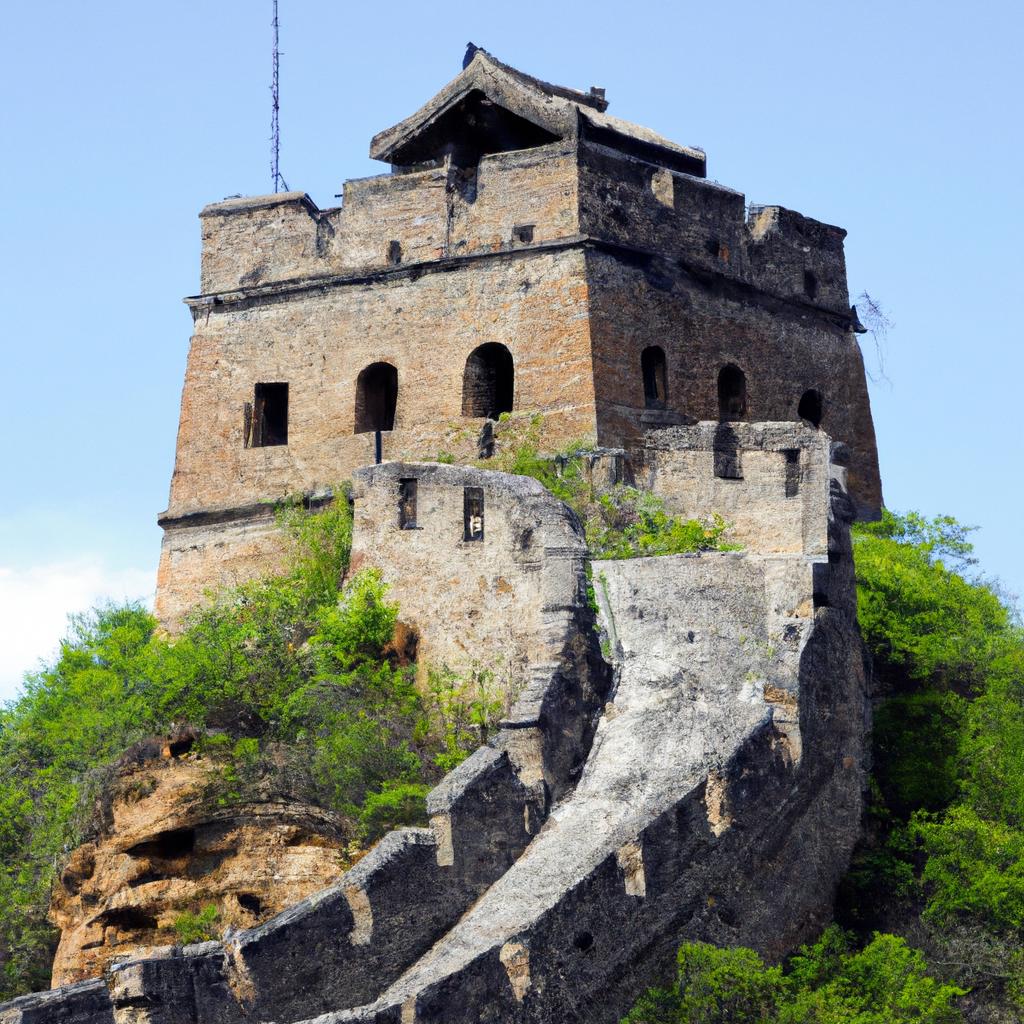
The Most Popular Sections of The Great Wall of China Among Tourists
The Great Wall of China enthralls millions of tourists each year, cementing its status as one of the world’s top tourist attractions. Among its sections, Badaling, Mutianyu, and Jinshanling enjoy widespread popularity. These sections offer breathtaking views and are easily accessible, making them ideal for visitors.
Badaling, the most well-known and frequently visited section, offers modern conveniences such as cable cars and paved walkways. Mutianyu, less crowded than Badaling, provides a more authentic experience. Jinshanling, although more challenging to reach, rewards hikers with stunning views and is perfect for those seeking an adventurous trek.
Activities that Tourists Can Do at The Great Wall of China
Tourists have a multitude of activities to choose from when exploring The Great Wall of China. Hiking, camping, and sightseeing are among the most popular options. Many visitors opt for less crowded sections of the wall, embarking on exhilarating hikes. For those seeking an immersive experience, camping on the wall allows for mesmerizing sunset and sunrise views.
Sightseeing is a favorite pastime, offering visitors the opportunity to savor the wall’s beauty at their own pace. Cable cars and paved walkways provide convenient access to stunning vistas. The wall’s watchtowers and fortifications also captivate visitors, providing insights into its history and construction.
Challenges Faced in Preserving The Great Wall of China
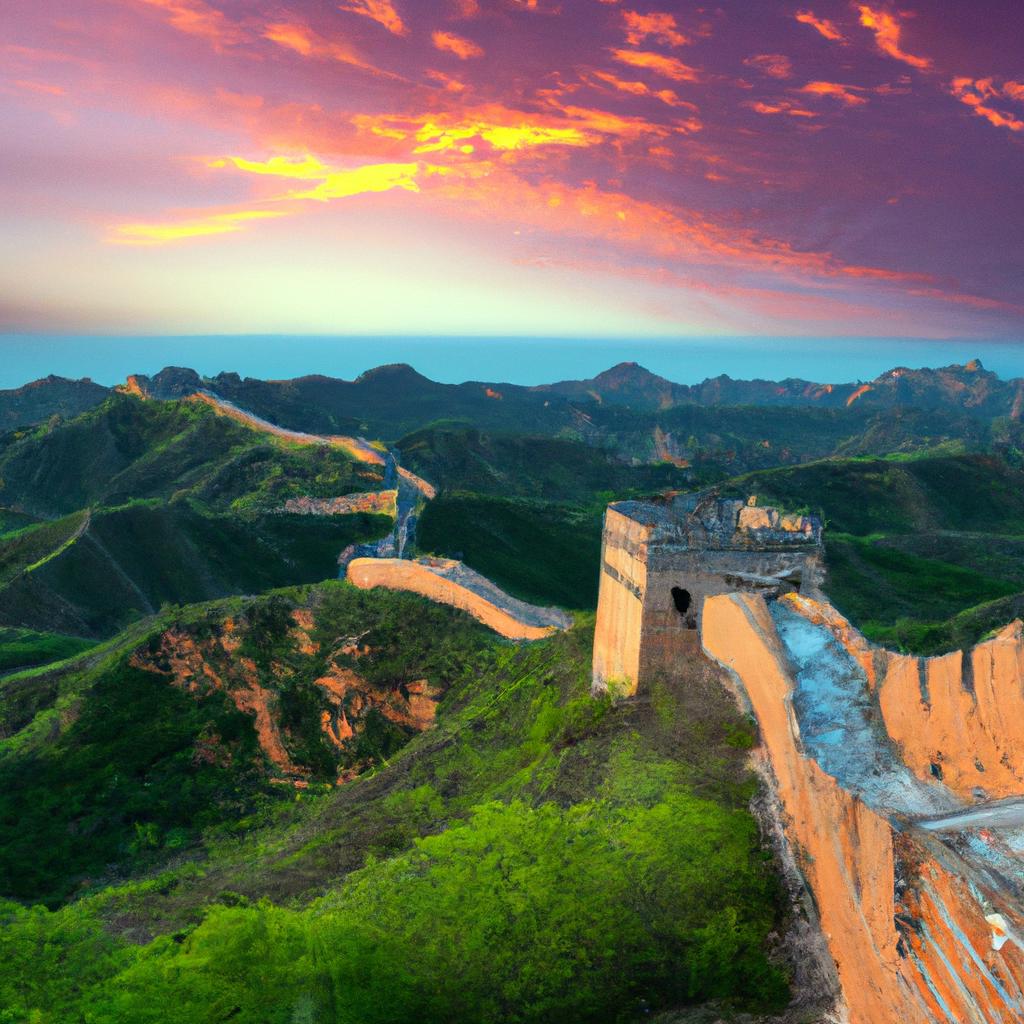
Preserving The Great Wall of China presents ongoing challenges. Two significant obstacles are weathering and erosion, as well as human activities.
Weathering and Erosion of The Great Wall of China
Having withstood more than 2,000 years of existence, The Great Wall of China has been exposed to harsh weather conditions. Extreme heat, freezing temperatures, and high winds have taken their toll on the wall, causing deterioration over time. Areas with heavy rainfall experience severe erosion, leading to landslides and collapses.
To combat the effects of weathering and erosion, regular maintenance and repairs are crucial. Restoration efforts employ traditional building techniques to preserve the wall’s original appearance.
Human Activities That Threaten the Preservation of The Great Wall of China
Human activities pose a significant threat to the preservation of The Great Wall of China. As a popular tourist attraction, it welcomes more than 10 million visitors annually. However, the high volume of tourists strains the wall, resulting in damage and erosion. Regrettably, some visitors have left permanent marks in the form of carved names or graffiti.
Illegal mining and construction further jeopardize the wall’s preservation. Mining activities within areas traversed by the wall have led to the destruction of sections. Additionally, unauthorized construction of homes and businesses near or on the wall poses threats to its integrity.
Conclusion
The Great Wall of China stands as a testament to China’s cultural heritage, embodying strength, resilience, and ingenuity. Nevertheless, preserving this historical marvel poses ongoing challenges.
To ensure that The Great Wall of China remains intact for future generations, constant preservation efforts are necessary. Mitigating weathering and erosion through regular maintenance and repairs is vital. Moreover, strict regulations on tourist activities can help curb damage caused by human interaction.
The Great Wall of China warrants preservation, as it symbolizes China’s rich history and cultural legacy. Let us strive to protect this extraordinary marvel, allowing future generations to appreciate and admire its magnificence. For more information about TooLacks, visit TooLacks.
